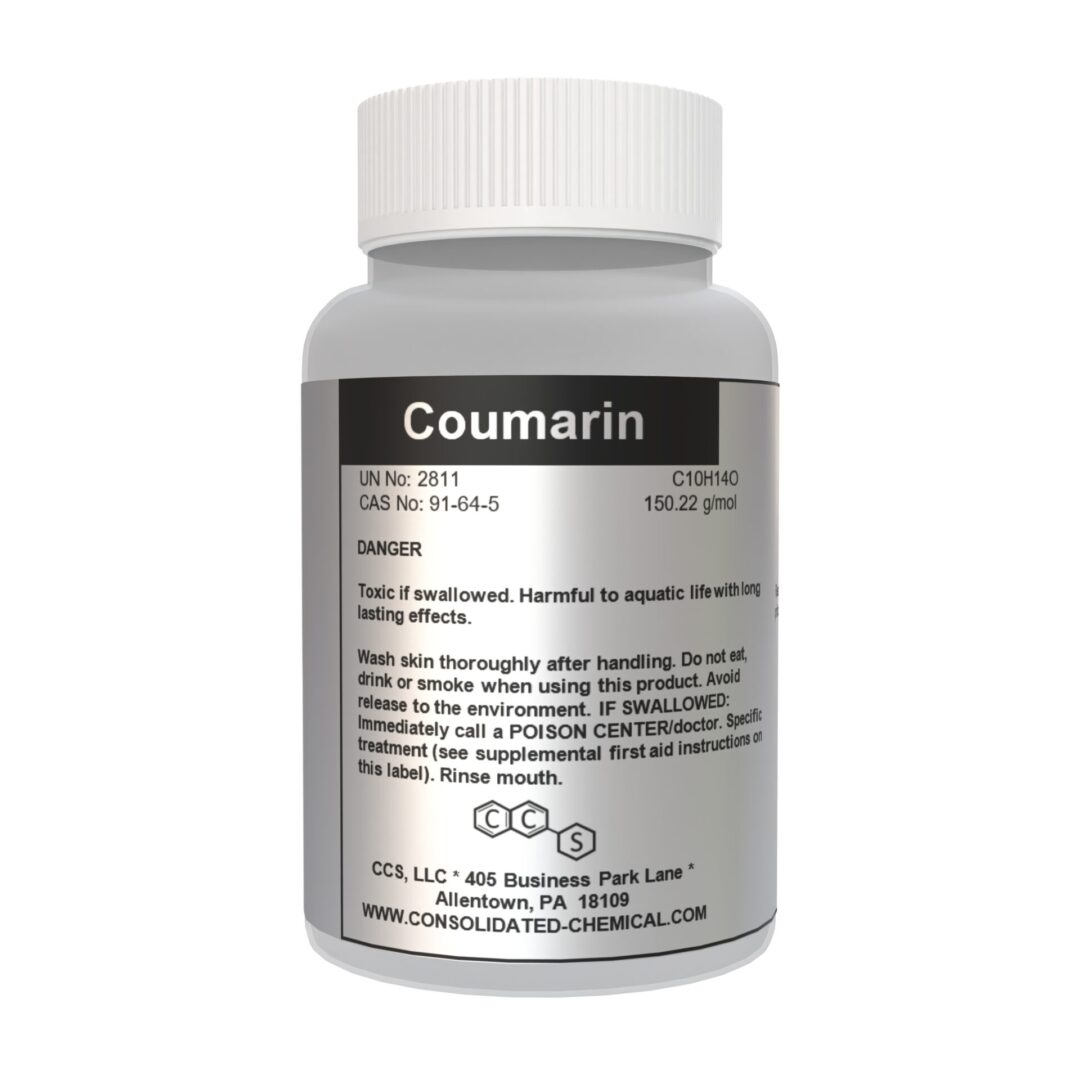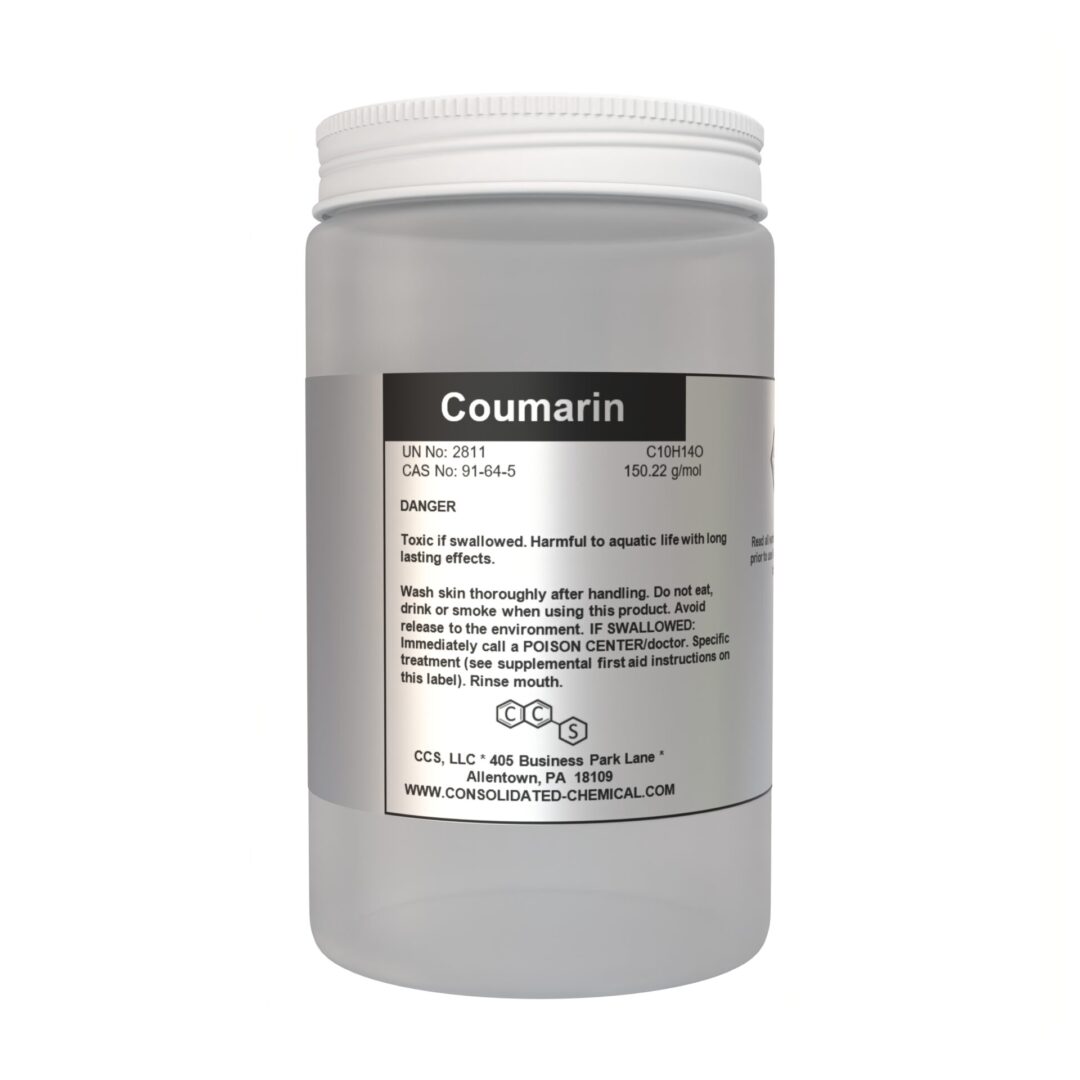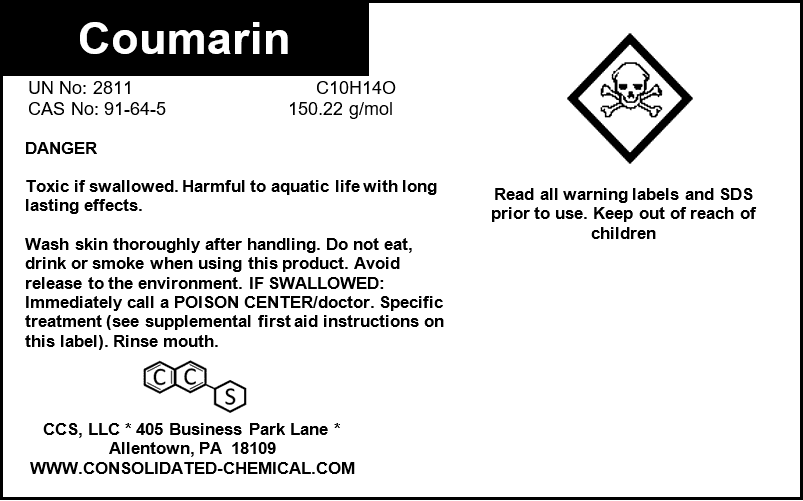Coumarin – High-Purity Aromatic Compound
$14.00 – $28.00
- Product Name: Coumarin
- Chemical Formula: C₉H₆O₂
- Molecular Weight: 146.14 g/mol
- CAS Number: 91-64-5
- EC Number: 202-086-7
- Purity: 99% minimum
- Appearance: White crystalline powder
- Odor: Sweet, vanilla-like aroma
- Melting Point: 68–70°C (154–158°F)
- Boiling Point: 291°C (556°F) at 760 mmHg
- Density: 0.935 g/cm³
- Flash Point: 150°C (302°F)
- Solubility:
- Water: Slightly soluble
- Organic Solvents: Soluble in ethanol, ether, benzene, chloroform, and other organic solvents
- Vapor Pressure: 0.0019 mmHg at 25°C
- Refractive Index: 1.583 at 20°C
Description
Our Coumarin is a naturally occurring aromatic compound with a sweet, vanilla-like fragrance, widely recognized for its diverse applications across industries. Found in tonka beans, sweet clover, and cinnamon, coumarin is valued for its fragrant and fluorescent properties. It appears as a white crystalline solid with excellent solubility in organic solvents.
Applications of Coumarin:
Perfumery and Fragrance Industry:
- Fragrance Ingredient: Used extensively in perfumes and colognes for its sweet, warm, and vanilla-like aroma.
- Fixative: Enhances the longevity and stability of fragrance blends.
- Blending Agent: Complements floral, woody, and oriental fragrance notes.
Cosmetics and Personal Care:
- Scented Products: Found in soaps, lotions, shampoos, and deodorants to impart a fresh and sweet fragrance.
- Skin Care: Adds aromatic appeal to creams and moisturizers.
Food and Beverage Industry (Regulated):
- Flavoring Agent: Adds a sweet, vanilla-like taste to certain foods and beverages in trace amounts, where allowed.
- Synthetic Flavor Enhancer: Used in artificial flavor formulations for desserts, candies, and alcoholic beverages.
Tobacco Industry:
- Flavor Additive: Incorporated into tobacco products like cigarettes and pipe tobacco to enhance flavor.
Pharmaceuticals and Medicine:
- Precursor in Drug Synthesis: Used in the production of anticoagulants like warfarin.
- Traditional Medicine: Known for its antimicrobial, anti-inflammatory, and anticoagulant properties in herbal applications.
Agriculture:
- Pesticides and Herbicides: Used as a component in some formulations due to its natural origin and effectiveness.
Industrial Applications:
- Chemical Intermediate: Acts as a precursor in the synthesis of dyes, resins, and other organic compounds.
- Insect Repellents: Employed in certain formulations to deter insects.
Research and Development:
- Scientific Studies: Investigated for its biological activities, including antioxidant, antimicrobial, and anti-cancer properties.
- Aroma Research: Studied for its olfactory profile and applications in fragrance creation.
Artistic and Decorative Uses:
- Aromatherapy: Adds a pleasant scent to essential oil blends and diffusers.
- Candles and Incense: Provides a rich and sweet aroma for home and decorative products.
Storage:
- Store in a cool, dry, and well-ventilated area.
- Keep the container tightly sealed to prevent contamination and minimize moisture exposure.
- Avoid direct sunlight, heat, and sources of ignition, as coumarin is flammable.
- Recommended storage temperature: 15°C to 25°C (59°F to 77°F).
- Store away from oxidizing agents, strong acids, and bases to prevent chemical reactions.
Handling:
- Use appropriate personal protective equipment (PPE), including gloves, safety goggles, and protective clothing.
- Avoid inhalation of dust or vapors, ingestion, and contact with skin or eyes.
- Ensure adequate ventilation or use a fume hood if handling in large quantities.
- Wash hands thoroughly after handling and before eating, drinking, or smoking.
Spill and Leak Management:
- Contain and collect spilled material using non-combustible absorbents like sand or vermiculite.
- Avoid creating dust during cleanup.
- Dispose of collected material in accordance with local, regional, and national regulations.
Fire Safety:
- Coumarin is flammable; keep away from open flames, sparks, and high temperatures.
- Use appropriate extinguishing agents, such as carbon dioxide, dry chemical powder, or foam, in case of fire.
Disposal:
- Dispose of unused coumarin and its containers in compliance with local environmental regulations.
- Avoid releasing coumarin into drains, soil, or waterways.
Additional information
| Size | 25 Grams, 50 Grams, 250 Grams |
|---|
Related products
-
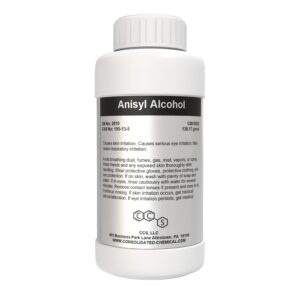
Anisyl Alcohol (4-Methoxybenzyl Alcohol)
$9.99 – $29.99 Select options This product has multiple variants. The options may be chosen on the product page -
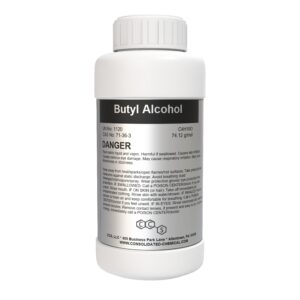
Butyl Alcohol (Butanol) – Premium Grade Solvent
$24.00 – $120.00 Select options This product has multiple variants. The options may be chosen on the product page -
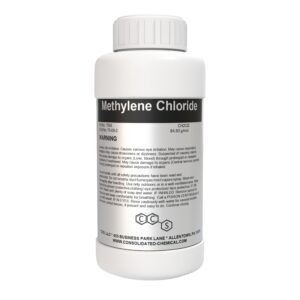
Methylene Chloride (Dichloromethane)
$28.00 – $135.00 Select options This product has multiple variants. The options may be chosen on the product page -
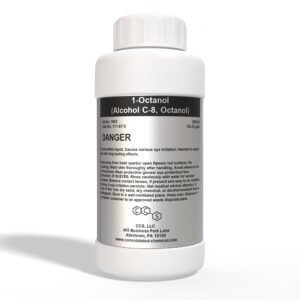
1-Octanol (Alcohol C-8) Premium Aroma Fragrance Compound
$12.00 – $95.00 Select options This product has multiple variants. The options may be chosen on the product page
SKU: N/A
Categories: Essential Oils, Flavoring Agent, Food Additive, Fragrance Chemical, Fragrances & Aromas (15), Herbicide, Industrial Chemical, Pesticide, Uncategorized
Tags: AItocoaglants, Bulk Coumarin Supplier, Buy Coumarin Online, cosmetics, Coumarin, coumarin Alibaba, coumarin Amazon, coumarin analytical reagent, coumarin anti-inflammatory, coumarin anticoagulant, coumarin antifungal, coumarin antimicrobial, coumarin antioxidant, coumarin applications in organic synthesis, coumarin aroma, Coumarin Aroma Chemicals, Coumarin as Flavoring Agent, coumarin banned in food, coumarin benzopyrone, coumarin bioactive, coumarin biodegradable, coumarin boiling point, coumarin botanical extract, coumarin bulk, coumarin CAS 91-64-5, coumarin chemical, Coumarin Chemical Formula, coumarin chemical supplier, coumarin chemical synthesis, coumarin cosmetic-grade, coumarin crystalline, coumarin crystals, coumarin degradation, coumarin demand, coumarin density, Coumarin Derivatives, Coumarin Distributor, coumarin drug synthesis, coumarin e-commerce, coumarin eBay, coumarin eco-friendly, coumarin emerging markets, Coumarin Exporter, coumarin extended lifespan, coumarin factory, coumarin fine chemical, coumarin flavoring agent, Coumarin Fluorescence, coumarin food additive, coumarin food-grade, Coumarin for Cosmetics, Coumarin for Dyes, Coumarin for Food Flavoring, Coumarin for Industrial Use, coumarin for perfumery, Coumarin for Perfumes, Coumarin for Pharmaceuticals, coumarin for research, Coumarin for Rodenticides, Coumarin for Tobacco, coumarin formula, Coumarin Fragrance, coumarin fragrance-grade, coumarin fungicide, coumarin GHS classification, coumarin global supply chain, coumarin green chemistry, coumarin handling, coumarin hazard data, coumarin herbicide, coumarin heterocyclic compound, coumarin high-performance compound, coumarin import export, coumarin in agricultural applications, Coumarin in Agriculture, coumarin in air fresheners, coumarin in animal feed, Coumarin in Anticoagulants, coumarin in aquaculture, coumarin in beverages, coumarin in blood thinners, coumarin in candy, coumarin in chamomile, coumarin in cigarettes, coumarin in cinnamon, coumarin in colognes, coumarin in conditioners, coumarin in cosmetics, coumarin in deodorants, coumarin in detergents, coumarin in e-liquids, coumarin in environmental applications, coumarin in fabric softeners, coumarin in fine fragrances, coumarin in flavor industry, Coumarin in Fragrances, coumarin in hair care, coumarin in herbal infusions, coumarin in home fragrances, coumarin in household cleaning, coumarin in industrial applications, coumarin in lavender, coumarin in livestock nutrition, coumarin in lotions, Coumarin in Medicine, coumarin in natural sources, Coumarin in Optical Brighteners, coumarin in perfumes, coumarin in personal care, Coumarin in Pest Control, coumarin in pipe tobacco, coumarin in plants, coumarin in poultry feed, Coumarin in Research, coumarin in scented candles, coumarin in shampoos, coumarin in skincare, coumarin in soaps, coumarin in tobacco industry, coumarin in tonka beans, coumarin in vanilla, coumarin in vascular health, coumarin in water treatment, coumarin industrial-grade, coumarin industry trends, coumarin innovations, coumarin insect repellent, coumarin international trade, coumarin lab chemical, coumarin lactone, coumarin manufacturer, coumarin market, coumarin melting point, coumarin molecular formula, coumarin molecular weight, coumarin MSDS, coumarin natural alternative, coumarin natural compound, coumarin natural fragrance, coumarin natural sweetener, coumarin new applications, coumarin odor, coumarin oxidation, coumarin patents, coumarin pesticide, coumarin pharmaceutical applications, coumarin pharmaceutical-grade, coumarin phenylpropanoid, Coumarin Powder, Coumarin Price, coumarin procurement, coumarin production plant, Coumarin Properties, coumarin purity, coumarin raw material, coumarin REACH compliance, coumarin regulations, coumarin research, coumarin restrictions, coumarin safety, Coumarin Safety Standards, coumarin scent, coumarin SDS, coumarin solubility, coumarin solvent compatibility, coumarin sourcing, coumarin specialty chemical, coumarin stability, coumarin storage, coumarin structure, Coumarin Supplier, coumarin sustainable chemistry, coumarin synthetic fragrance, coumarin synthetic vs natural, Coumarin Toxicity, coumarin trade, Coumarin Uses, coumarin UV stability, coumarin Walmart, coumarin warfarin precursor, Coumarin Wholesale, Coumarin-Based Anticoagulants, Dyes, FDA Coumarin Regulations, Fragrances, High-Quality Coumarin, Natural Aroma Enhancer, Natural Coumarin, Organic Coumarin, perfumes, Pharmaceauticals, Premium Coumarin for Sale, Pure Coumarin, Restricted Use of Coumarin, Rodenticides, Safe Use of Coumarin, Sustainable Coumarin Sourcing, Sweet-Smelling Coumarin, Synthetic Coumarin, Vanilla-Like Aroma


